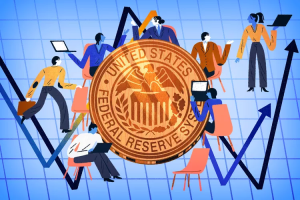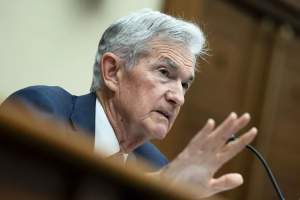
Traders on Wednesday upped bets that the Federal Reserve would continue to aggressively cut interest rates this year after the central bank began its long-awaited easing cycle with a 50-basis point cut.
The Fed on Wednesday lowered its federal funds rate target range to between 4.75% and 5% from 5.25% to 5.5%. The cut met investors’ expectations that the central bank would begin this rate-cutting cycle with aggressive action as it seeks to bolster a cooling labor market while sustaining inflation’s downward drift toward its 2% annual target rate; the market’s perceived odds of a 50-point cut rose from just 14% a week ago to more than 60% earlier this week.
Wall Street took Wednesday’s policy pivot as a sign of more aggressive cuts to come. Traders now see a more than 50% chance that the Fed will lower its federal funds rate target range by another 75 basis points to between 4% and 4.25% by the end of the year. With only two Fed meetings left—one in November and one in December—that implies another 50-point cut at one of those meetings.1
Fed officials don’t expect this year’s rate reductions to be quite that dramatic, according to their quarterly economic projections. Nine of the 19 Federal Open Market Committee (FOMC) members who submitted forecasts estimated the policy rate would end the year between 4.25% and 4.5%. Only one member expects the next two cuts to match the market’s expectations. Two members don’t expect to cut rates at all later this year.2
Policymakers expect interest rates to be slightly lower in the near term relative to their prior estimates, which were published in June. The FOMC’s consensus is that the rate will stand at 3.4% at the end of 2025, down from an estimate of 4.1% in June.
However, the long-run neutral rate, at which policy is neither restrictive nor accommodative, is forecast to be slightly higher (2.9%) than previously forecast (2.8%). Markets, meanwhile, saw a nearly 60% chance that the fed funds rate will be below.



